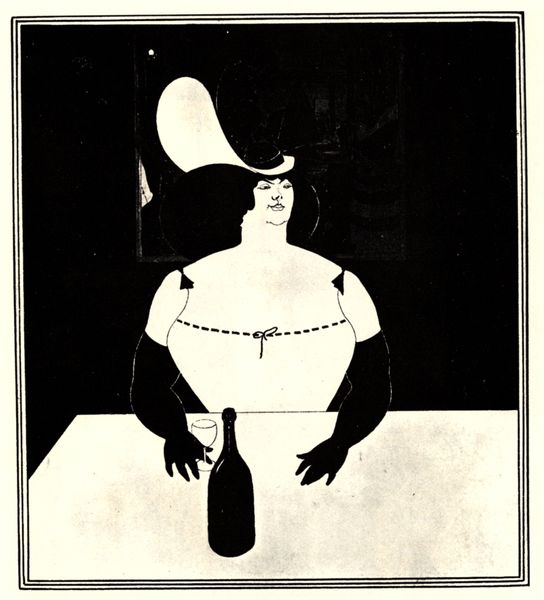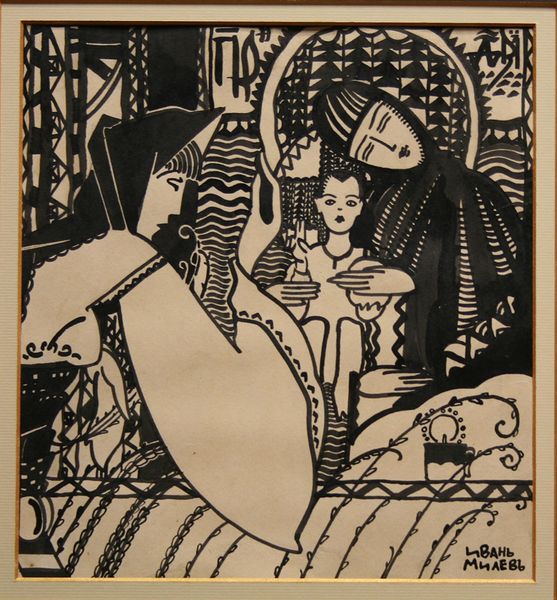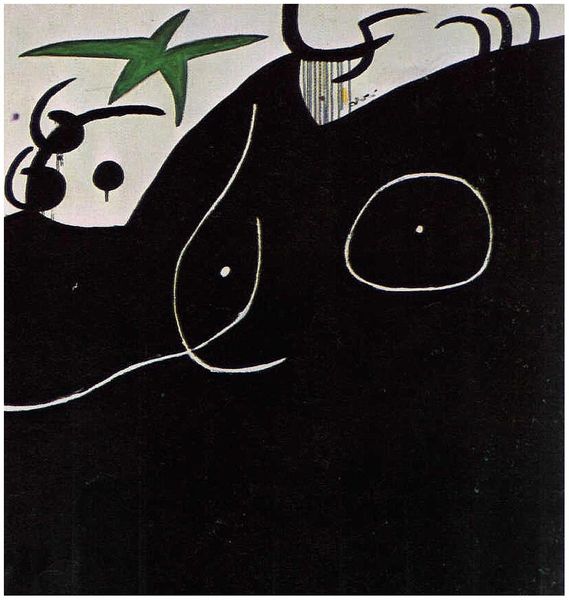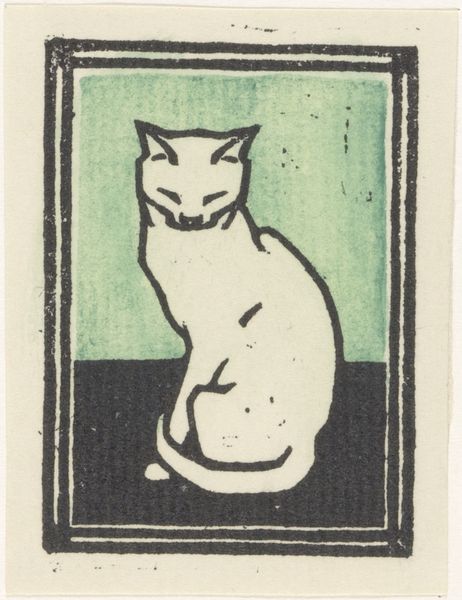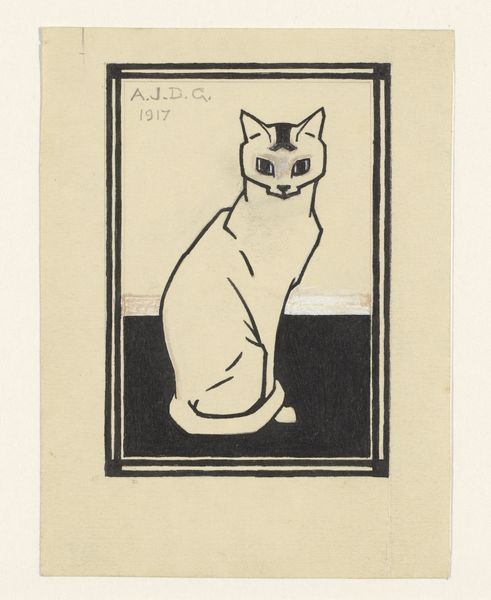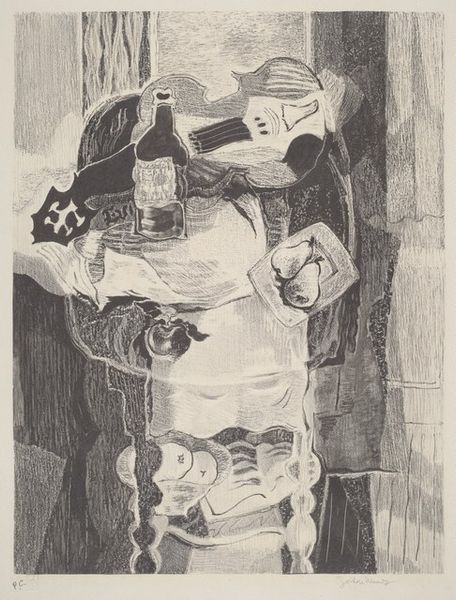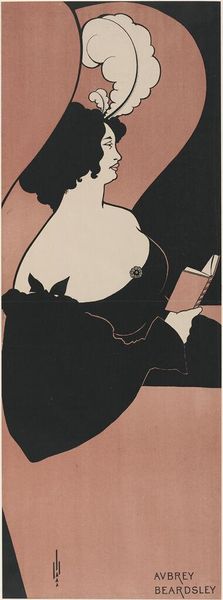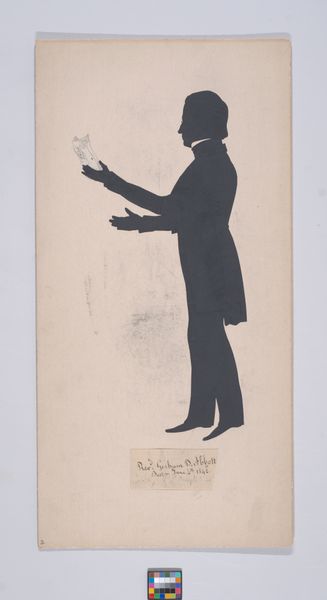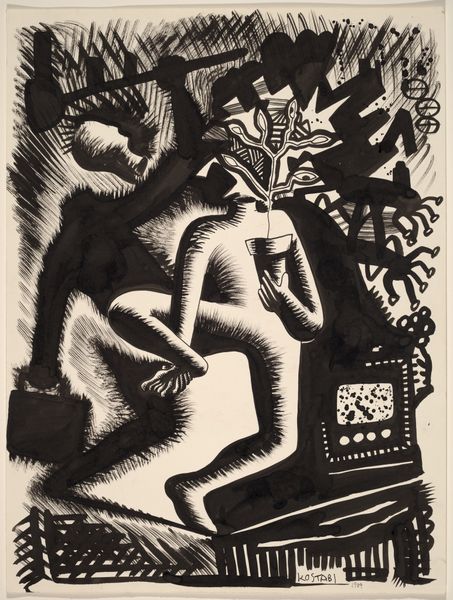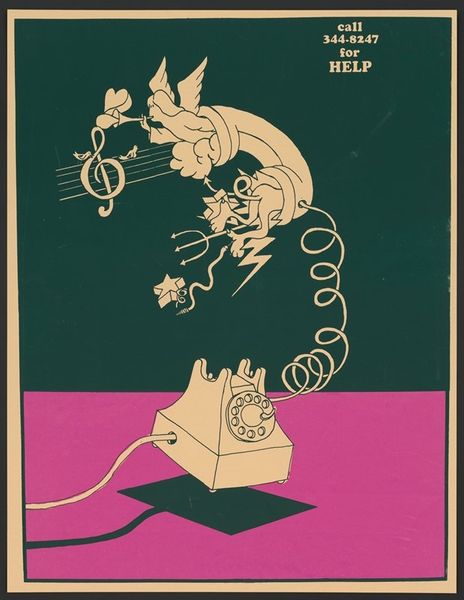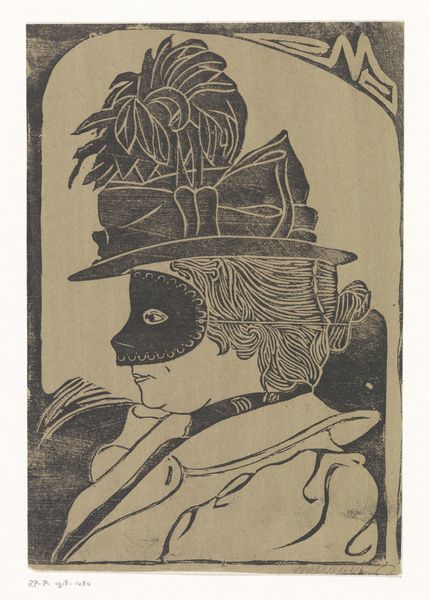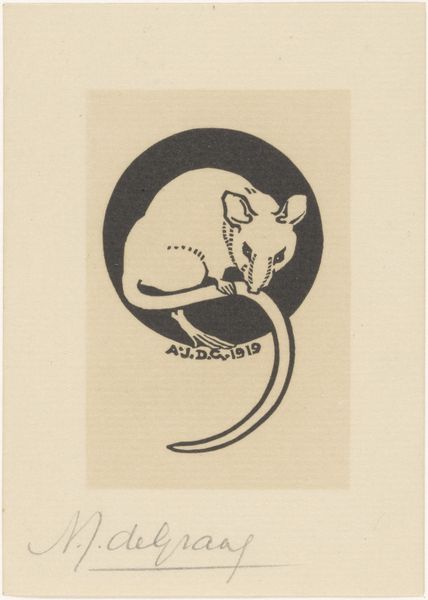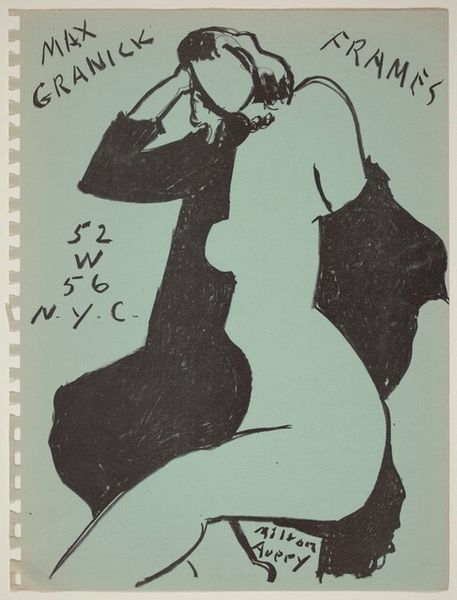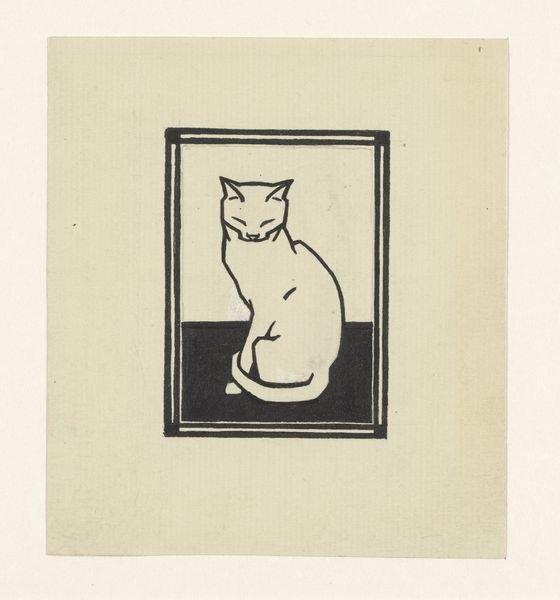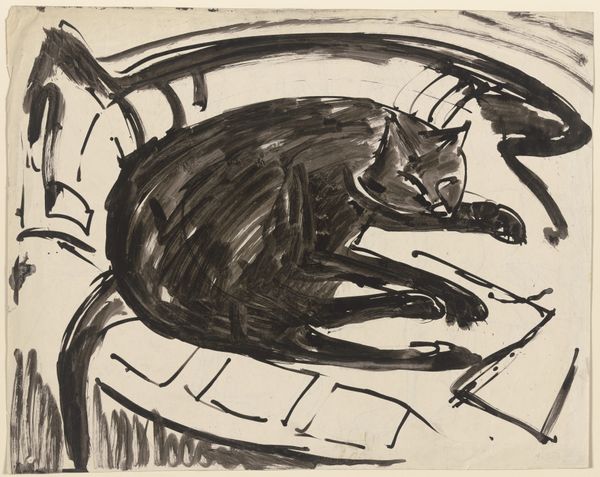
graphic-art, typography, poster
#
art-deco
#
graphic-art
#
typography
#
cityscape
#
poster
Copyright: Cassandre,Fair Use
Editor: This poster, "Cafe Chat Noir" by Cassandre from 1932, relies heavily on graphic elements and typography. The looming black cat creates an enigmatic mood. What do you make of the artistic and historical significance here? Curator: Its value lies precisely in illustrating the shift in early 20th century society, where mass-produced art, like posters, entered the realm of 'high art.' Cassandre uses industrial techniques for artistic purposes, thereby questioning traditional notions surrounding materiality. Look at how effectively the black ink is laid to capture texture on paper. Editor: So, the poster’s effectiveness as an advertisement is less significant than the process by which it was made and consumed? Curator: Precisely! Consider the social context. In 1932, graphic design and commercial art gained respectability. Cassandre uses the materials of mass production, challenging notions of art created solely by the artist's hand. Editor: It’s fascinating to consider the black cat silhouette, and coffee bean spill as mass-produced and consumed icons. How does its artistic value tie in? Curator: The visual design itself draws from modern techniques to generate demand. The cat represents brand association. So the poster gains "cultural value" due to mass production in relation to consumption habits during the period. Its artistic legacy resides within the historical record as "Art Deco." The artist uses sharp edges and clean geometric fonts indicative of the era in which they made the artwork. This poster successfully blurs the line between consumerism and aesthetics. Editor: This reminds me of what we learned about Dada! That context of blurring is clearer now. I will have to review our modern movements. Curator: Excellent point, connecting Dada and commercial art offers insight, revealing its lasting relevance to us.
Comments
No comments
Be the first to comment and join the conversation on the ultimate creative platform.
